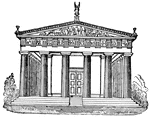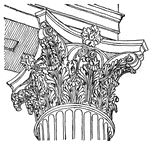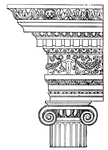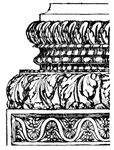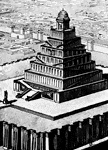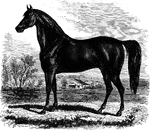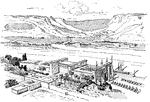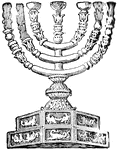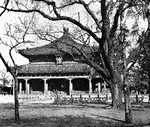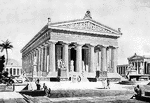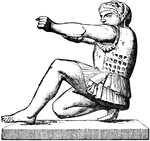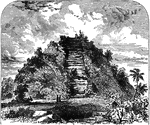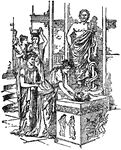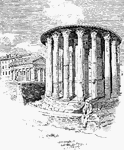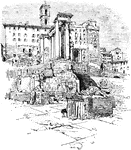
Sheng
One of the most important musical instruments in use among the Chinese, one that is indispensable to…
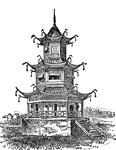
Chinese Temple
Within the Chinese Empire, the Chinese people were very religious. They had Chinese Temples in many…

Painted Vulture
The vulture, with widespread wings, symbolizing protection and maternal care, is a frequent and a splendid…
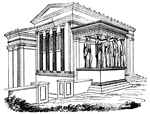
Caryatic Order
An order of architecture wherein the entablature is supported by female figures clothed in long garments,…
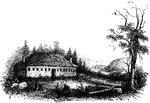
Temple
"The Temple. This view is from the site of the Temple, looking southeast. In the distance is…

Camp Ground
"View of the Camp Ground. This is from a painting by Tice, in my possession. The land on which the encampment…
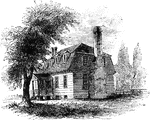
Moore's House
"This is a view from the lawn, looking south. It is a frame building with a brick foundation. At the…
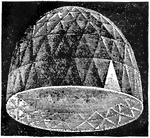
The Great Mogul Diamond
"Another important diamond is the one at the point of the scepter of the Russian empire, known as the…
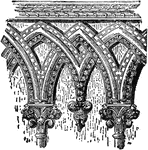
Drontheim Frieze
"A Frieze, in architecture, is that portion of the entablature which is between the architrave and the…

Roman-Doric Frieze
"A Frieze, in architecture, is that portion of the entablature which is between the architrave and the…
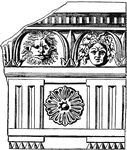
Roman-Doric Frieze
"A Frieze, in architecture, is that portion of the entablature which is between the architrave and the…

Temple of Karnak
"Karnak is a village in Egypt built on the site of Thebes, on the bank of the Nile, and renowned for…

Parthenon
"The Parthenon is a celebrated temple at Athens, consecrated to Athena or Minerva, the protectress of…
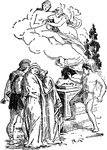
Rescue of Iphigenia
"When she was about to be slain at the altar, Artemis intervened and carried her off in a cloud to be…
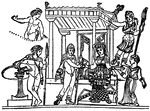
Iphegnia delivers letter to Pylades
"What in this letter is contained, what here, Is written, all I will repeat to thee, That thou mayst…

Ancile
"Ancilia carried by Salii. The sacred shield carried by the Salii, and made of bronze. The original…
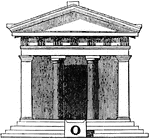
Antae
"Square pillars, which were commonly joined to the sidewalls of a building, being placed on each side…

Antae
"Square pillars, which were commonly joined to the sidewalls of a building, being placed on each side…

Capitolium
"A small temple, supposed to have been build by Numa, and dedicated to Jupiter, Juno, and Minerva, situated…

Cardo
A hinge or pivot. The first figure, in the annexed woodcut, is designed to show the general form of…

Fastigium
"An ancient Greek or Roman temple, of rectangular construction, is terminated at its upper extremity…

Tripod of Apollo
"It was the universal practice of the Greeks to undertake no matter of importance without first asking…
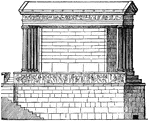
Temple of Nike Apteros
"The first public monuments that arose after the Persian wars were erected under the auspices of Cimon,…
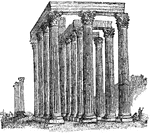
Temple of the Olympian Zeus
"Athens is said to have derrived its name from the prominence given to its worship of Athena by its…
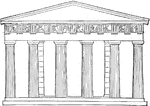
Thesium restored
"The Theseum is situated on a height to the north of the Areopagus, and was built to receive the bones…

Propylea restored
"A. Pinacotheca, B. Temple of Nike Apteros, C. Pedestal of Agrippa, D. Road leading to the central entrace,…

Parthenon restored
"The Parthenon stood on this highest part of the Acropolis, near its centre, and probably occupied the…
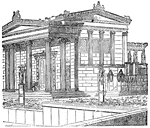
Erechtheum restored
"The building of the new Erechtheum was not commenced till the Parthenon and Propylea were finished,…
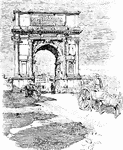
Arch of Titus
"In the time of Trajan, the Arch of titus and the Colossus of Nero (a gilt bronze statue 120 feet high),…

Columns of Temple of Castor
"Columns of Temple of Castor, Temple of Augustus, and Palatine Hill." — Young, 1901

Temple of Jupiter
"The door in front of a temple, as it reeached nearly to the ceiling allowed the worshippers to view…

